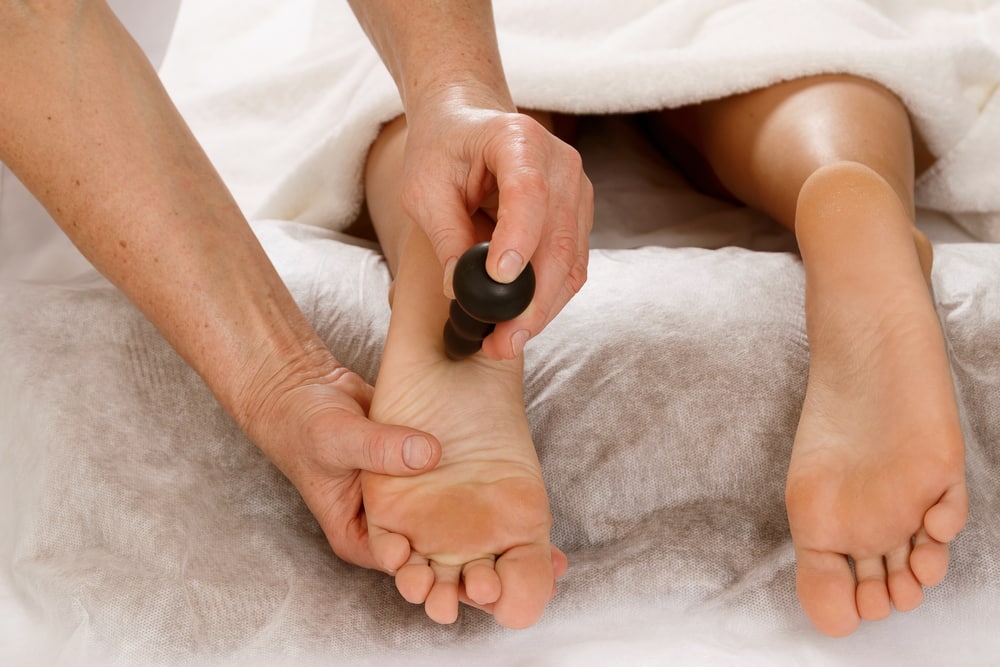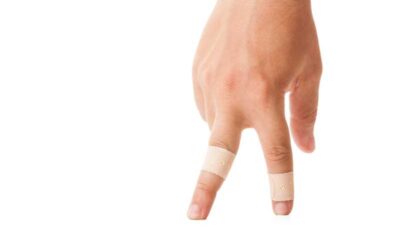Examining the structure of a normal adult foot reveals a visible upward arch in the midsole. This is because a network of tendons is constantly pulling the 26 small bones in the foot toward each other. However, some adult feet don’t have much of an arch, if any is present at all. This condition, known as fallen arches in the feet, happens when the tendons weaken and can’t exert enough force to maintain the natural curve. Over time, this can lead to widespread pain and a host of other symptoms.
To learn more about the consequences of fallen arches and the treatments available for them, keep reading through this guide.
What Are Fallen Arches?
Fallen arches are also called pes planus, a term that literally means “flat feet”. It affects an estimated 20-30% of people. Some of the most common fallen arches symptoms and signs include:
- feeling tired after standing for a short time
- swelling and/or stiffness in the feet
- aches or pains in the heels and arches
- difficulty scrunching or bending the feet
- difficulty standing on toes
- widespread pain through the legs and back
- reduced balance
Those who think they may have flat feet can check inside their shoes for uneven wear on one side. They can also get their feet wet and make a footprint on concrete or paper. If the entire sole leaves a print, it’s time to suspect fallen arches.
What Causes Flat Feet?
Some people are born with weak tendons and have congenital fallen arches. Others develop the condition later in life due to injury, overuse, poor footwear, or degeneration due to normal aging.
Some chronic medical conditions, like diabetes and rheumatoid arthritis, can increase your chances of fallen arches. Obesity and pregnancy can also contribute due to the feet having to support increased weight.
How to Treat Fallen Arches
If you’re on your feet a lot during the day, investing in supportive footwear should be your first course of action. The best work boots for fallen arches also have firm heels, a natural bend at the toes, resistance to twisting motions, and a removable insole. Along with the right shoes, orthotic shoe inserts can offer even more support.
Drugstore arch-support shoe inserts are an option, but the best orthotics for fallen arches are made specially to fit your feet. Those with flat feet can visit their chiropractor for a diagnostic foot scan. Based on the results, they can get custom orthotics that support their feet in a variety of shoes.
Finally, a chiropractor may also recommend following an exercise and stretching regimen to strengthen the feet and improve their flexibility. This could include exercises like toe raises, towel scrunches, and stork stretches.
Is It Time to Seek Fallen Arches Treatment?
Those with flat feet don’t have to learn how to live with fallen arches and the pain they cause. Instead, they can learn the signs of pes planus, invest in supportive shoes, and remember to stretch and strengthen their feet.
The most important intervention, though, is investing in custom orthotics. For those in the Mill Creek, WA area, Amazing Life Chiropractic can help. Visit our “new patients” page to learn more and set up an orthotics appointment today.




